Digraph Worksheets Grade 1
If you are a first-grade teacher or a parent of a child in first grade, you may be searching for digraph worksheets to help reinforce this important concept.
Table of Images 👆
More Other Worksheets
Kindergarten Worksheet My RoomSpanish Verb Worksheets
Cooking Vocabulary Worksheet
DNA Code Worksheet
Meiosis Worksheet Answer Key
Art Handouts and Worksheets
7 Elements of Art Worksheets
All Amendment Worksheet
Symmetry Art Worksheets
Daily Meal Planning Worksheet
What are digraphs?
Digraphs are pairs of letters that represent a single sound in a language, such as "th", "ch", and "sh". These combinations of letters work together to form a unique sound that is different from the individual sounds of the letters. Digraphs are commonly found in words in English and other languages, helping to create a more complex phonetic system.
How are digraphs different from single letters?
Digraphs are a combination of two letters that together represent a single sound, such as "ch" in chair or "ph" in phone. In contrast, single letters represent individual sounds in a word. Digraphs are used to create new sounds that are not represented by single letters alone, making them distinct from single letters in terms of their pronunciation and function in the English language.
What are some common examples of digraphs?
Some common examples of digraphs are "ch," "sh," "th," "wh," and "ph." These are pairs of letters that represent a single sound in English language pronunciation.
Can you give an example of a digraph in a word?
Sure! An example of a digraph in a word is the combination of the letters "ch" in the word "church." In this case, the letters "c" and "h" come together to represent a single sound, which makes it a digraph.
How do digraphs help us with reading and spelling?
Digraphs are two-letter combinations that represent a single sound in spoken language, and they help us with reading and spelling by simplifying the process of decoding words. By recognizing and understanding digraphs, we can more easily identify the correct sounds in words and spell them accurately. This understanding also allows us to recognize patterns in words and improve our overall reading and spelling proficiency.
Are there different types of digraphs?
Yes, there are different types of digraphs. Some common categories of digraphs include consonant digraphs (two consonants that blend together to form a single sound, like "ch" in chair), vowel digraphs (two vowels that come together to create a single sound, like "ai" in rain), and silent digraphs (two letters that together make a single sound, but one of the letters is silent, like "kn" in know). Additionally, there are also trigraphs, which consist of three letters that make a single sound.
What are some strategies for teaching digraphs to first graders?
Some strategies for teaching digraphs to first graders include using visual aids such as flashcards or posters to help them recognize and remember the digraphs, incorporating hands-on activities like sorting words with digraphs, engaging in interactive games or puzzles to make learning fun, providing plenty of practice with reading and writing words containing digraphs, and offering frequent praise and encouragement to boost their confidence and motivation in mastering digraphs. Additionally, using multisensory approaches such as incorporating movement or songs can help cater to different learning styles and enhance their retention of digraphs.
Can you provide a digraph worksheet example for Grade 1 students?
Certainly! A simple digraph worksheet example for Grade 1 students could include pictures of objects or animals that have digraphs, such as "sh," "ch," and "th." Under each picture, students can be asked to write the digraph sound they hear at the beginning or end of the word. For instance, a picture of a ship with the prompt "Write the sound you hear at the beginning of ship." This can help students practice identifying and writing digraphs in a fun and interactive way.
How can I assess a student's understanding of digraphs?
To assess a student's understanding of digraphs, you can use various strategies such as providing them with a list of words containing digraphs and asking them to identify and pronounce each digraph, engaging them in activities like word sorting or matching digraphs to corresponding sounds, or having them write sentences that incorporate digraphs. You can also observe their reading fluency and accuracy when reading passages that contain digraphs. Additionally, giving them quizzes or worksheets specifically focused on digraphs can help gauge their proficiency in recognizing and using these linguistic elements.
What are some fun activities or games that can help reinforce digraph learning?
Some fun activities or games to reinforce digraph learning include using flashcards with digraphs, playing digraph bingo, creating a digraph puzzle where children match digraphs to words, engaging in a digraph scavenger hunt where children find objects that start with a specific digraph, and incorporating digraphs into storytelling or role-playing activities for interactive learning.
Have something to share?
Who is Worksheeto?
At Worksheeto, we are committed to delivering an extensive and varied portfolio of superior quality worksheets, designed to address the educational demands of students, educators, and parents.

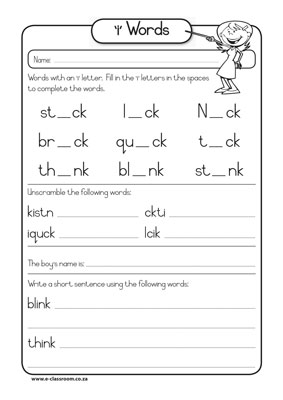



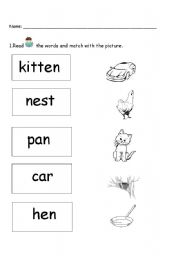
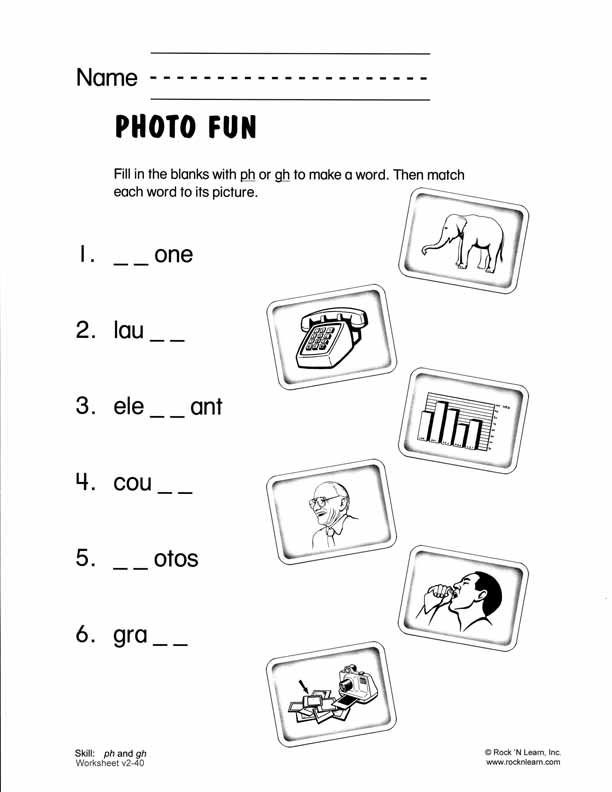
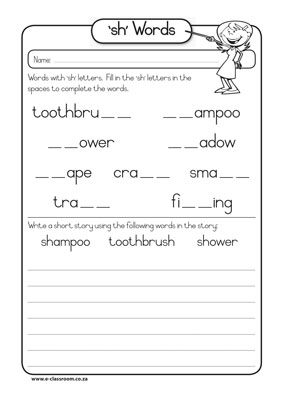


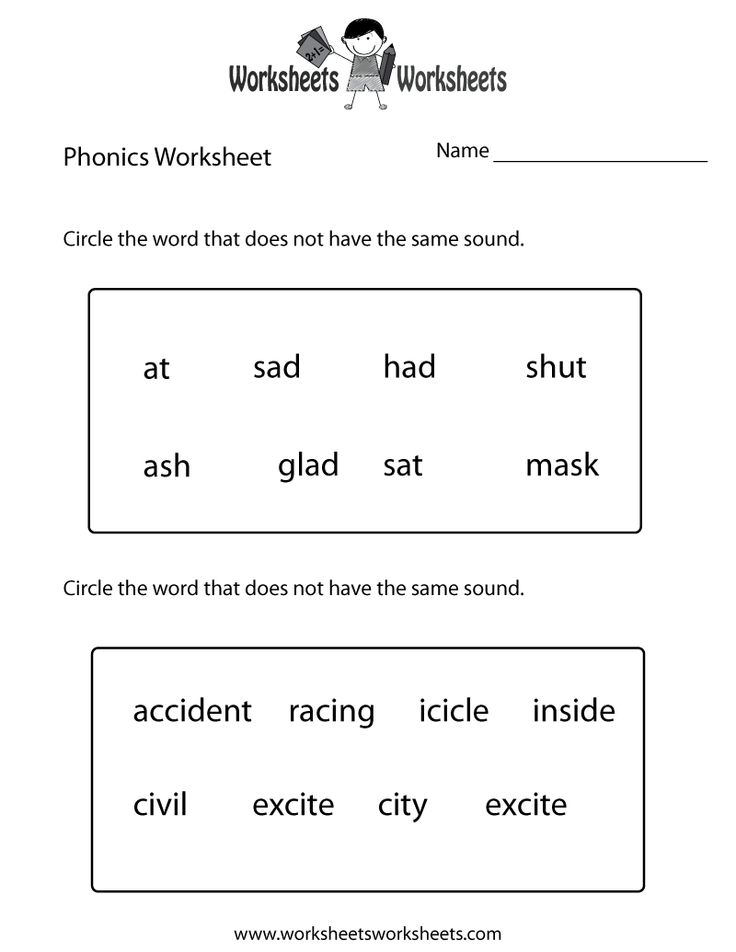
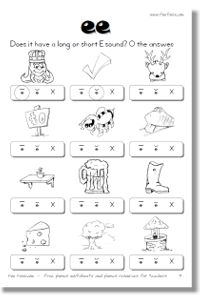

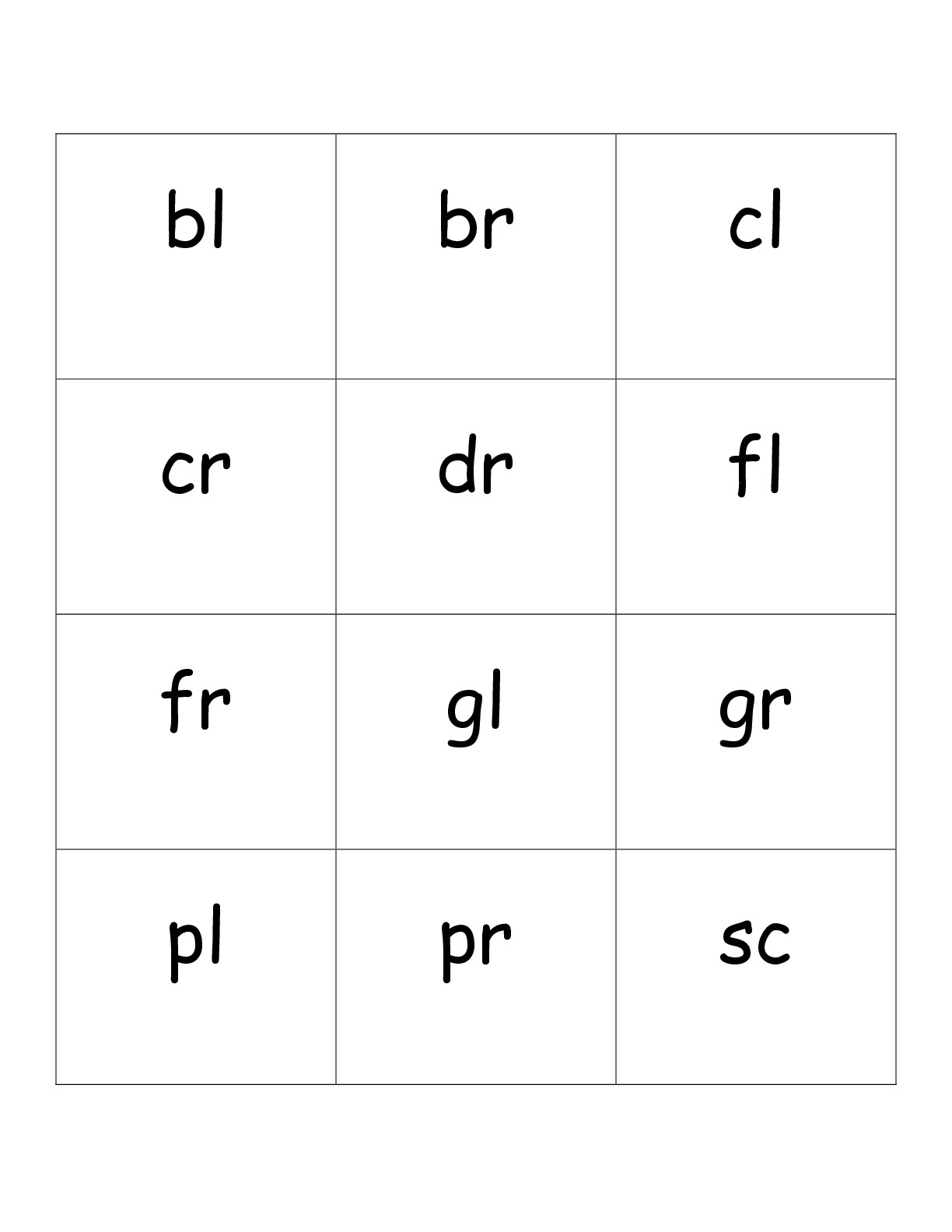














Comments